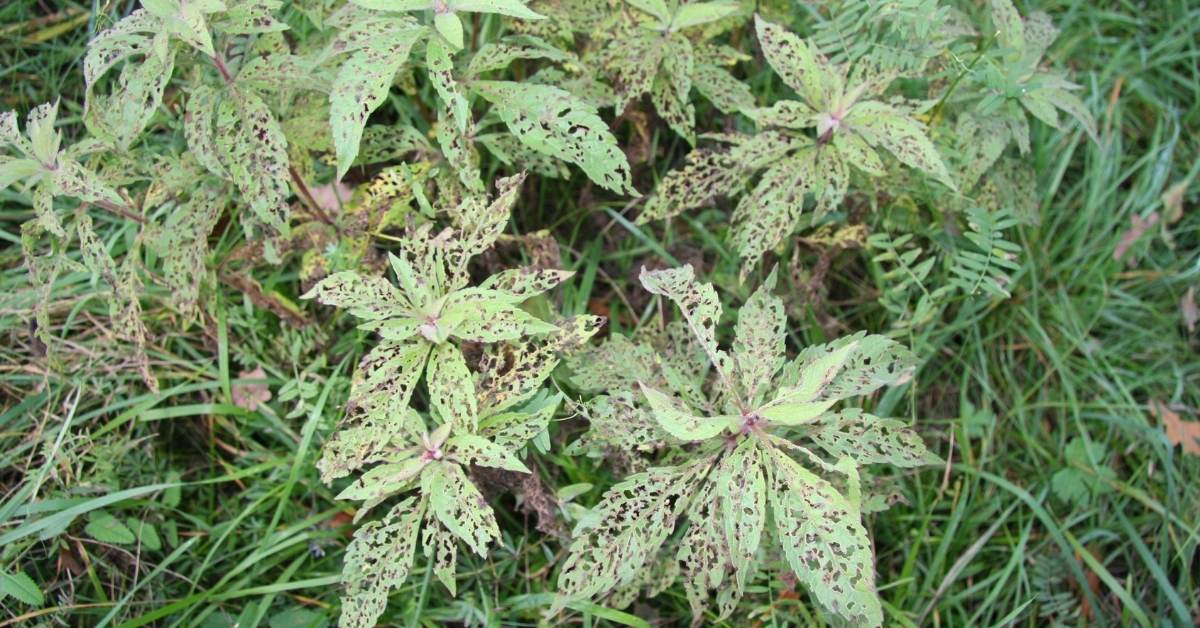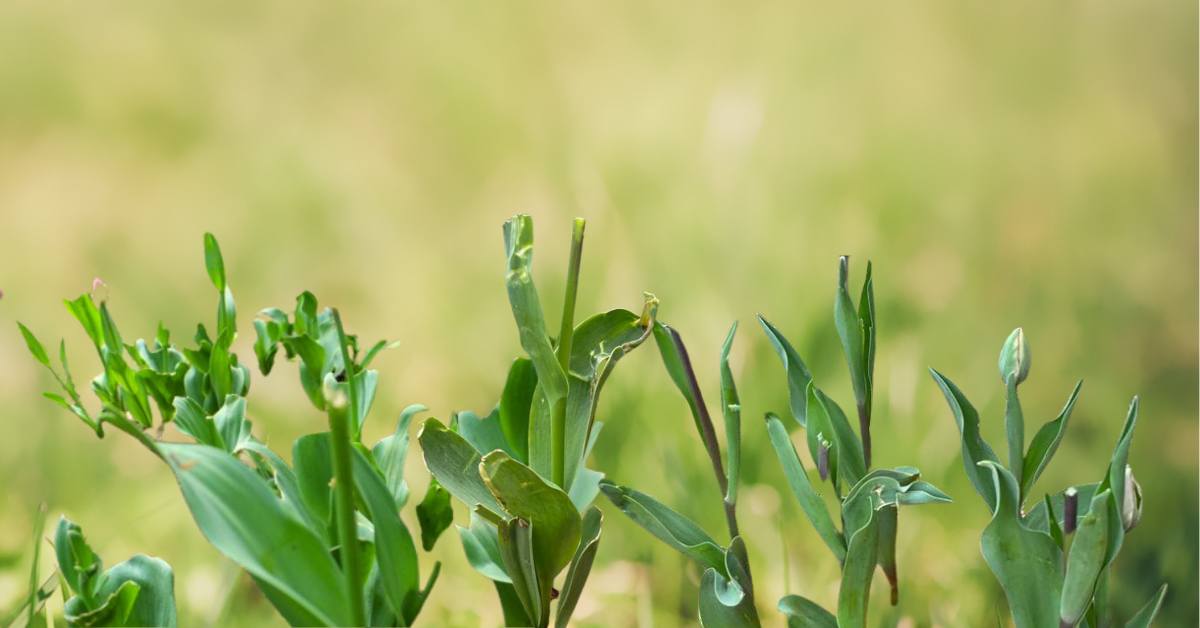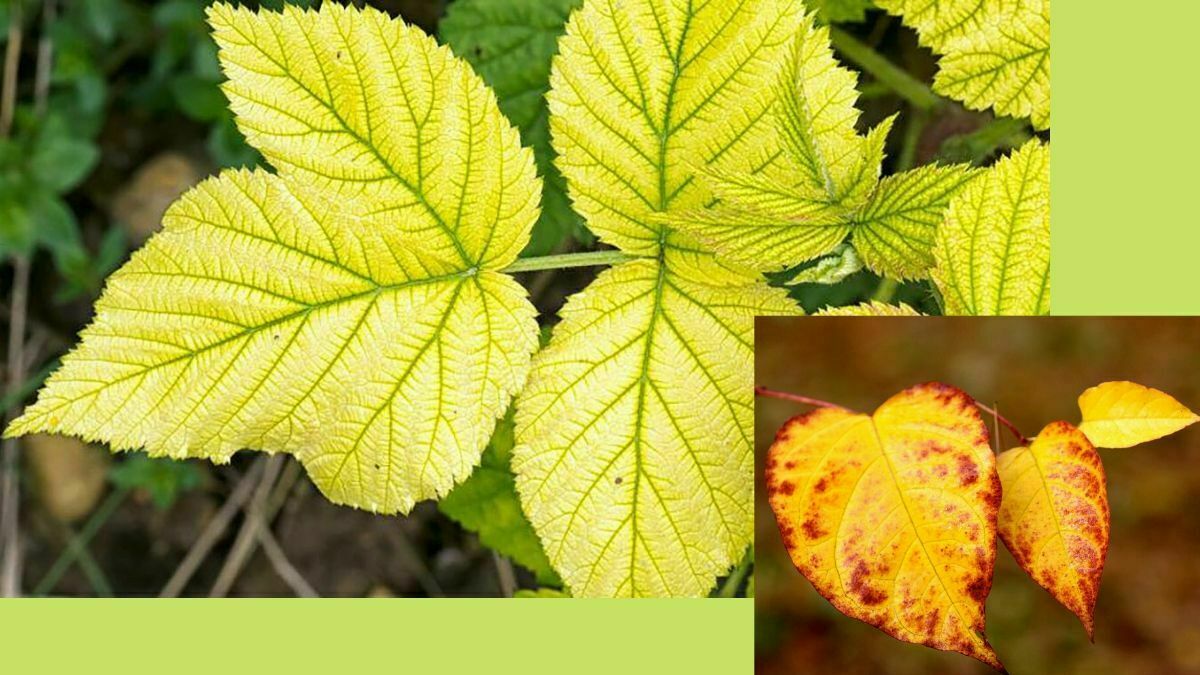Knowing the best way on how to avoid fungus during summer is vital for all plant owners. Every gardener likes to invest in their lovely gardens to create heaven-like landscapes, and so you do. Close to summer, this good amount of investment for a facelift might turn into a disaster if you forget or trifle pruning at the right time when your plants need it.
How To Avoid Fungus During Summer
And that time, you have the feeling, ‘Oh god, look at that mess and waste of money!’ So, now it’s one of the best times to take your precautions of maintenance to eliminate those unwanted results from your garden.
Here are some important tips to take care of your gardens for a happier summer season.
Pruning the trees to prevent fungal infections
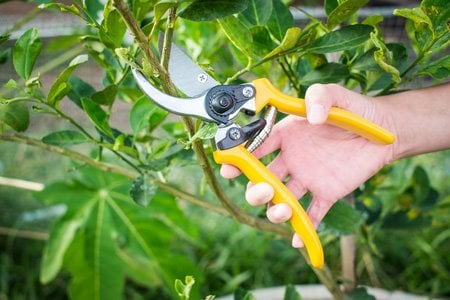
Good pruning not only provides good-looking plants and landscapes but also lets the plants breathe easier, makes them healthier and happier, and prevents fungal disease in plants. You can prune yourself as a gardener; no need to explain how, but if you are a newbie gardener, you can get professional help. If you try it yourself and make technical mistakes or just don’t like the result, don’t worry, the plants will grow and recover again.
You might also like this: 10 Tips On How To Grow The Best Summer Squash
Should You Water Plants in the Evening? No, At Least Occasionally.
Don’t water in the evening. Your plants might be susceptible to fungal and bacterial attacks, so it’s best to avoid creating extra humid and water drops standing on the leaves when there is no sun to make them dry. Both bacterial and fungal leaf spot diseases cause serious harm to foliage. Somehow for some reason, if you have to water your plants in the evening, it’s best to apply ‘deep watering’ without a sprinkle.
Similarly, watering in the middle of the day also is not ideal as it’s inefficient. Watering in the midday causes both evaporations of water before the plant can absorb it and might damage the leaves by burning them as the water drops play a magnifier role under the heavy sunlight.
The best time for watering is early in the morning. Watering early in the day gives moisture to the plants, allowing them to develop vigorously throughout the day and avoiding heat stress.
How to Prevent Growth of Powdery mildew
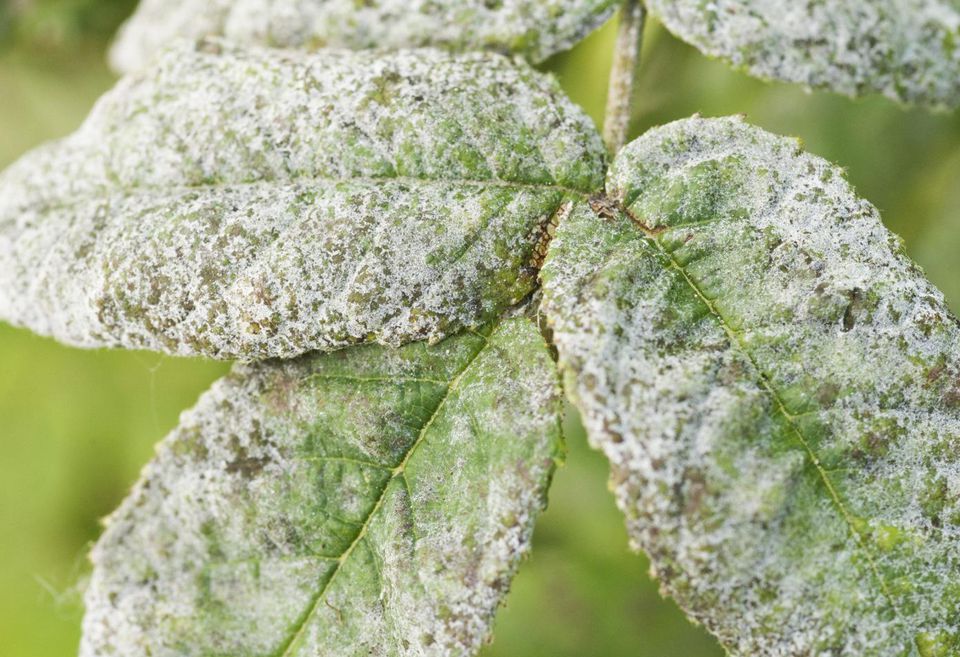
This fungus type basically affects ornamental plants in your home or in the pots by creating a white layer on the leaves of the plants. Even some ornamental plants are known as more durable than others, such as Dogwoods and Sand cherry affected by Powdery Mildew.
You might also like this: Black Spot Fungus on Roses | How to Detect and Cure?
Taking efficient steps to prevent this fungus from growing is necessary during your gardening life. Spraying fungicide in your garden in regular periods will be enough to eliminate this bacteria.
How to Get Rid Of Pythium Blight
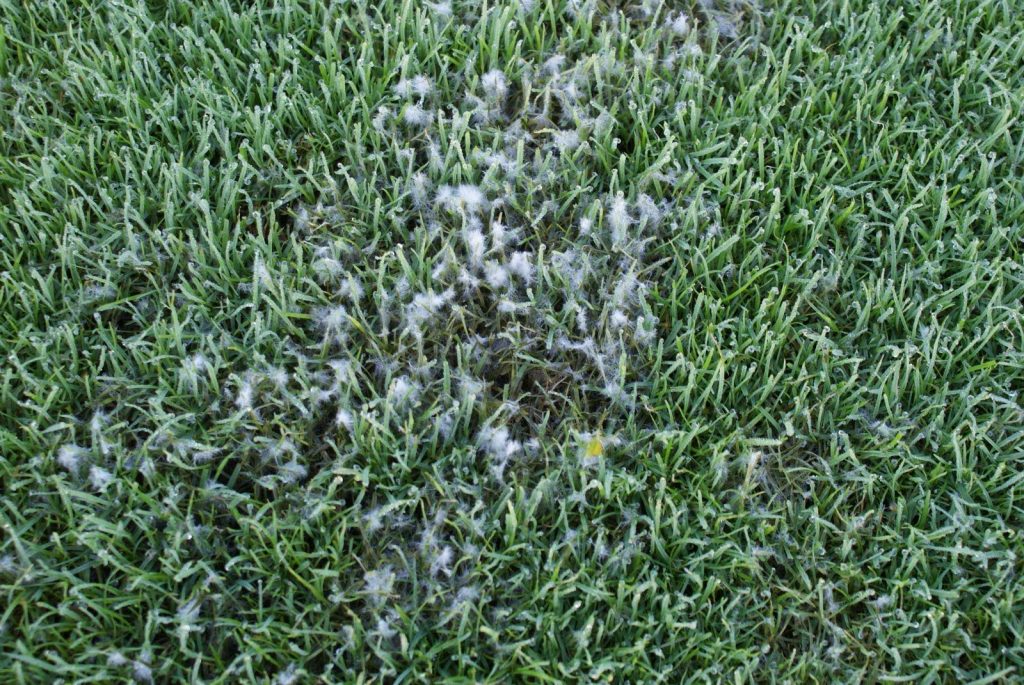
Pythium Blight loves mostly to live and grow in a high humid environment. So, If you are a gardener of the north, it’s essential not to leave your plants wet at night, as this dreadful fungus might have a party on your lovely plants, which you will never want.
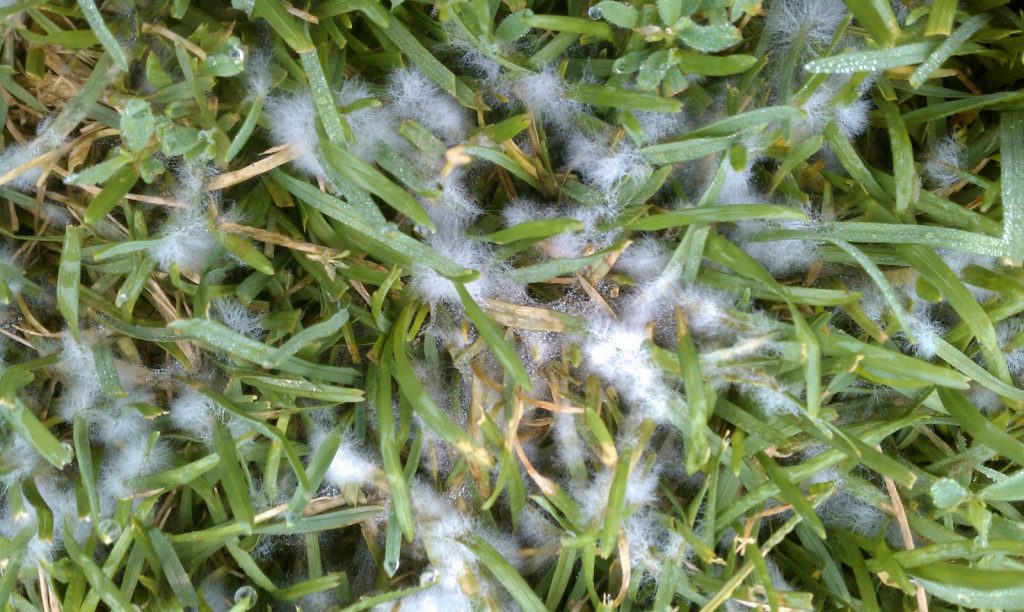
If you can see white cotton on top of your lawns during the early morning, congratulations, you identified this fungus. Preventing this fungus is as simple as watering your garden as early as possible in the morning and letting the plants dry in the evening and nighttime.
Fire Blight on plants
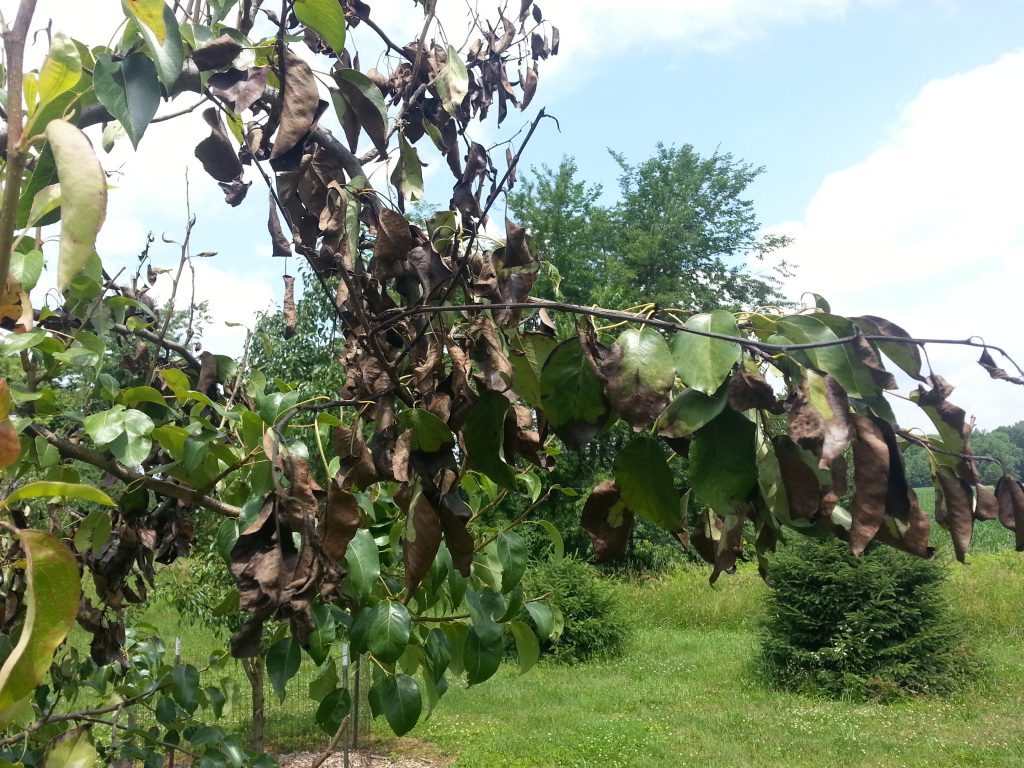
Do you have Apple trees or any one of the Pyracantha, cotoneasters, or crabapple trees in your garden? Yes, you predicted right. This fungus loves to attack and grow on those plants, especially during the summertime. Unfortunately, identifying this pest, or better to say, noticing you have this in your garden only possible when you see the branches of those trees turn red and die.
At this point, timing is crucial in intervening in this fungus when noticed for possible curing. When you notice your trees are affected by this pest, prune the affected branch by cutting from the main body and burning without spreading the leaves if possible.
How to Get Rid Of Artillery Fungus a.k.a. Shotgun Fungus a.k.a. Sphaerobulus stellatus
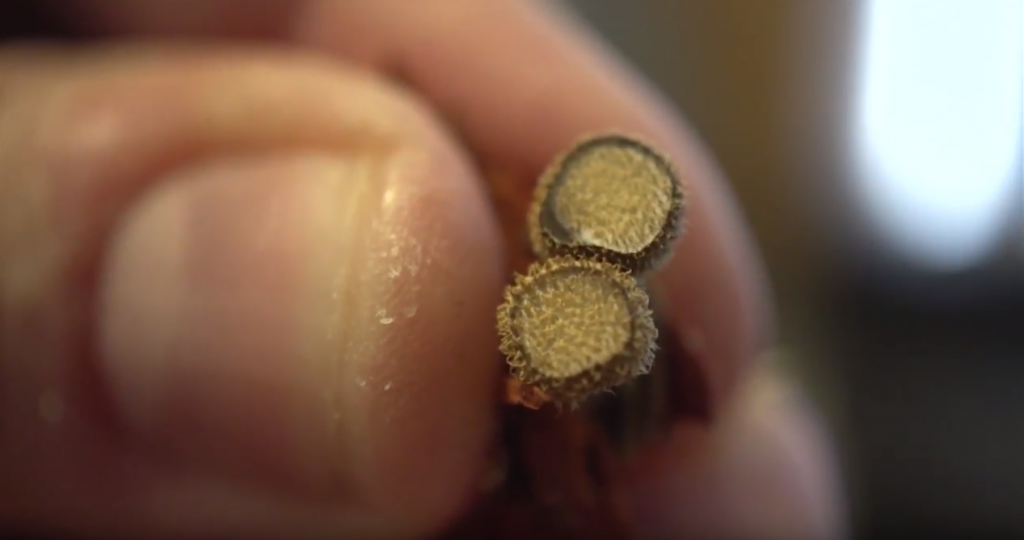
Normally, contrary to general belief, this fungus swells from moisture, bursts, and launches its spore nodules as high and far as 20 feet; that’s why it’s called ‘Shotgun Fungus.’ So it can easily spatter and reach your house and windows with tiny brown specks, creating glue-like spots on your walls and windows.
And again, contrary to common myth, stop blaming spiders or other insects for those brown specks. It’s not possible to totally get rid of this fungus, but you can keep them out by loosening the mulch to provide air circulation. Removing it at least once a year and raking it flat will also help to prevent more.
FAQ – Summer Fungus On Plants
What causes fungus on plants?
Infected seed, soil, agricultural waste, neighboring crops, and weeds may all serve as vectors for the spread of fungal diseases. The movement of contaminated soil, animals, humans, equipment, tools, seedlings, and other plant material may all carry fungi to new locations. Fungi can also be carried by water splashes and the wind.
How do I get rid of fungus in my soil naturally?
The treatment that yields the best results is one that consists of thoroughly combining four tablespoons of baking soda with one gallon of water. After the solution has been combined, thoroughly soak the soil with it. Baking soda may also be sprinkled directly on the soil in areas where there is fungal development; however, this should be done very sparingly.
What is a natural antifungal for plants?
It is common practice to use dish detergent, which does not include any degreaser or bleach, as a component in homemade plant fungicide. In order to improve the adherence of homemade plant fungicides to stems and leaves, cooking oils are often added to the mixture. Pyrethrin is extracted from the leaves of the painted daisy flower, which are then utilized extensively in the production of commercial fungicides for plants.
Is neem oil a fungicide?
Natural organic farming relies on the use of natural pesticides like azadirachtin, which may be found in neem oil that is organically produced and includes the active component. Neem oil is used as an insecticide, fungicide, and miticide by gardeners on their houseplants and in their vegetable gardens that are located outside.
Is fungus harmful to plants?
The presence of fungal infections is particularly hazardous since they may destroy agricultural harvests and, in the most severe circumstances, even the plants’ death. Fungi can adversely influence crops’ quality by leading to the buildup of toxins inside the plants themselves. Both people and animals may be harmed by the poisons that are generated by some types of fungus.
What causes white fungus in soil?
The fungus Sclerotinia sclerotiorum is responsible for the growth of white mold. Sclerotia are the name given to the brittle, dark-colored structures that the white mold fungus produces. The size of these formations is comparable to that of a broken pencil point. The sclerotia are what enable the fungus to live in the soil and on dead plant matter for at least five years.
What happens if you water plants with milk?
It is possible to improve the plant’s overall health and stimulate new development by applying a milk and water combination that has been diluted on the leaves or directly around the roots. This is due to the fact that milk functions similarly to fertilizer in that it provides more calcium, vitamins, and proteins that are essential for healthy development.
Image source: thespruce myflowerland kevco1 extension
